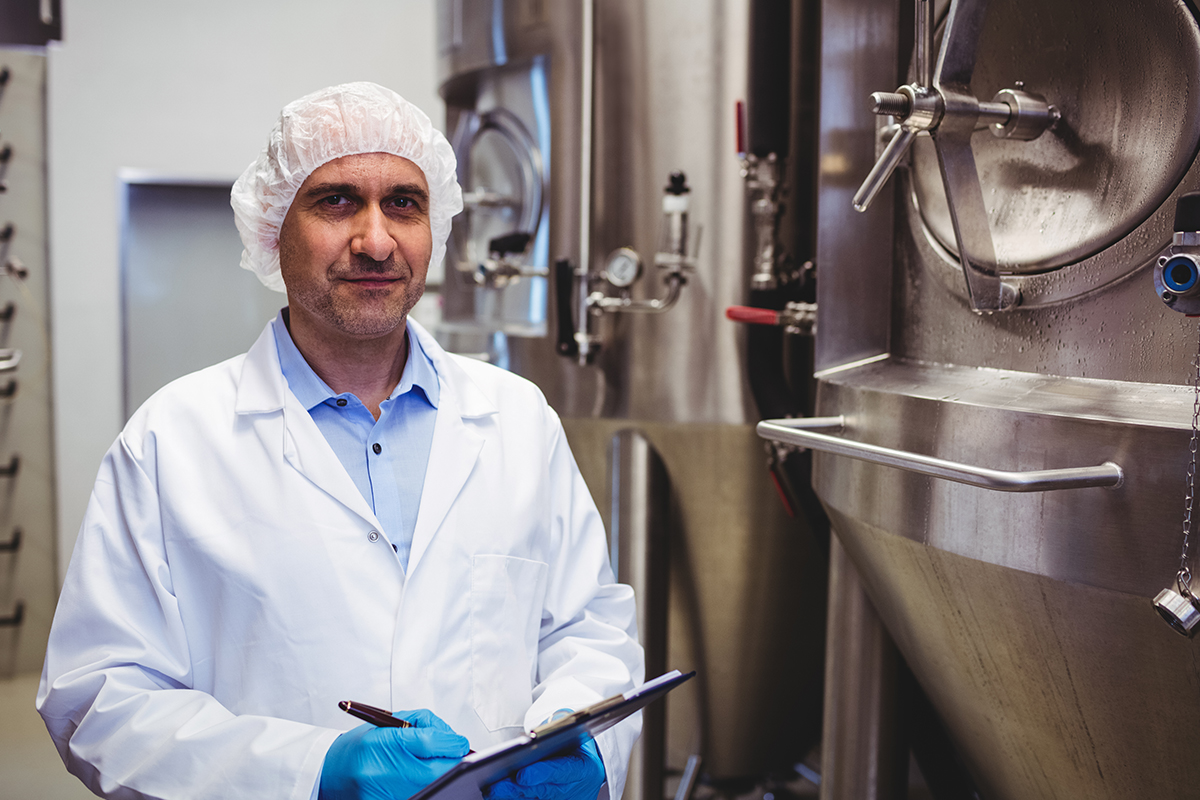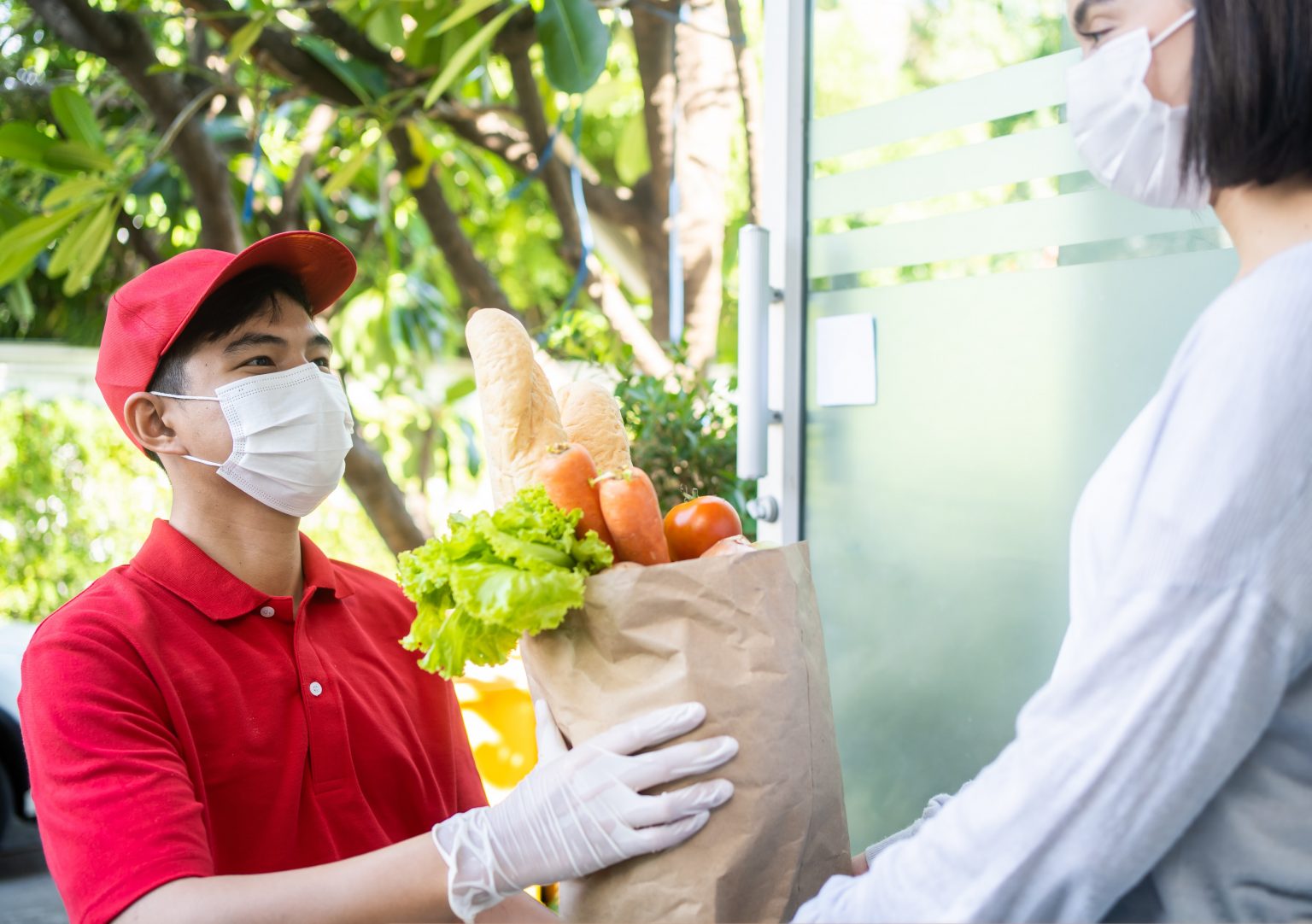Last Updated on March 14, 2024 by Admin
Food safety is of utmost importance when we consider eating good quality food; thus, understanding and implementing an effective food safety management system has become essential. ISO 22000 plays a crucial role in ensuring food safety across the global supply chain, making it a vital standard for any organisation in the food industry. This article aims to demystify the ISO 22000 food safety management system, providing insights into its importance, structure, and the benefits it brings. Whether you’re a food industry professional or just keen on understanding food safety practices, this article will equip you with essential knowledge about ISO 22000 certification and its impact on our daily food.
What is ISO 22000’s Food Safety Management System
ISO 22000 is a standard for managing food safety that is known all over the world. It provides a framework for organisations in the food chain to ensure that their products are safe for consumption. The ISO 22000 food safety management system enables companies to identify and control food safety hazards, enhancing food safety performance. The Hazard Analysis and Critical Control Point has been embedded into it, and it works with other quality control systems.
The standard applies to all food chain organisations, regardless of size or complexity. It emphasises a comprehensive approach to food safety, looking at food safety hazards at every stage, from production to consumption. By implementing ISO 22000, companies can demonstrate their commitment to food safety to customers and regulatory bodies.
Management’s Responsibility in ISO Standard 22000
Management plays a pivotal role under the ISO 22000 food safety management system. The organisation’s leaders are responsible for demonstrating a commitment to establishing, implementing, maintaining, and continually improving the food safety management system. It includes ensuring adequate resources are allocated, food safety policies are established and communicated throughout the organisation, and objectives are set and reviewed. Management must also ensure compliance with statutory and regulatory requirements related to food safety. Leadership involvement is crucial in fostering a food safety culture within the organisation. By taking an active role, management can drive the effectiveness of this system, ensuring that it is integrated into the organisation’s business processes and that food safety performance is continuously monitored and improved.
In addition to leadership’s overarching responsibilities, ISO 22000 emphasises implementing prerequisite programs (PRPs) within the food safety management system. PRPs encompass hygiene, sanitation, and operational prerequisites that form the foundation of food safety. Management is pivotal in establishing and maintaining effective PRPs, ensuring these fundamental measures are seamlessly integrated into daily operations.
Communication is another vital aspect. Management must facilitate clear and open communication channels throughout the organisation regarding food safety policies, procedures, and objectives. It ensures that all personnel are informed, engaged, and aligned with the overarching food safety goals.
By actively participating in these processes, leadership ensures a dynamic and adaptive approach to food safety, aligning with ISO 22000’s continuous improvement ethos.
Read Also: ISO 22000 vs. FSSC 22000: Understanding the Key Differences in Food Safety Standards
Benefits of Conforming to ISO 22000 Food Safety Management
Conforming to the ISO 22000 food safety management system brings numerous benefits to an organisation:
1. It enhances the organisation’s ability to consistently produce safe foods, reducing the likelihood of foodborne illnesses and enhancing customer trust. The benefits of ISO 22000 certification also include improved compliance with legal and regulatory requirements, which can lead to fewer legal issues and penalties.
2. Getting ISO 22000 approval shows that a company is dedicated to high standards of food safety, which can give it an edge in the market. The standard also pushes processes to be constantly improved and optimised, which can save money and make things run more smoothly.
3. It helps build a strong, food safety-conscious work culture, improving employee morale and involvement in food safety practices.
What Resources Are Needed to Implement an ISO 22000 Food Safety Management System?
ISO 22000 food safety management system requires a range of resources. The cornerstone is having a knowledgeable team that understands the standard and its application within the food industry. It often involves training staff or hiring experts with experience in ISO 22000. Another critical resource is the documentation system, which includes the development of food safety policies, objectives, procedures, and records. These documents form the basis of the system, guiding daily operations and ensuring compliance.
Physical resources, such as proper equipment and facilities, are also essential to meet the standard’s requirements. Technological resources, including software for tracking, monitoring, and reporting, play a key role in maintaining the integrity of the food safety management system. Financial investment is also required for training, certification audits, and ongoing system maintenance. Allocating these resources effectively is crucial for successfully implementing and certifying the ISO 22000 system.
Steps to Achieve ISO 22000 Certification
Achieving ISO 22000 certification involves several key steps. First, an organisation must thoroughly understand the requirements of the ISO 22000 standard. It often involves training key personnel or working with a consultant specialising in food safety management systems. Then, a gap analysis will be conducted to determine the areas where the organisation’s current practices need alignment with the standard’s requirements. Once these gaps are identified, the organisation can develop and implement the necessary procedures and controls. It includes establishing a robust food safety management system, conducting hazard analysis, and implementing critical control points. After these systems are in place, the organisation should conduct internal audits to ensure compliance and identify areas for improvement. Finally, the organisation must undergo an external audit by a certified body to assess the system’s compliance with ISO 22000 and grant certification if the standards are met.
Maintaining and Improving Your ISO 22000 Food Safety Management System
Once ISO 22000 certification is achieved, it’s crucial to maintain and improve the food safety management system. It involves regularly monitoring and updating the system to ensure ongoing compliance with the standard. Organisations should periodically conduct internal audits and management reviews to assess the system’s effectiveness and identify improvement areas. Staying updated with changes in food safety regulations and standards, and best practices is crucial. Employees should be trained regularly to ensure everyone knows their jobs and responsibilities and stress how important food safety is. Additionally, feedback from customers, employees, and audit findings should be used to make continual improvements. Keeping the system dynamic and responsive to change maintains the integrity of the ISO 22000 certification and supports the organisation’s commitment to producing safe, high-quality food.
The Role of Technology in Enhancing ISO 22000 Compliance
In today’s fast-paced and technologically driven world, the role of technology in enhancing compliance with the ISO 22000 food safety management system cannot be overstated. Advanced technology solutions, such as food safety management software, are crucial in streamlining processes, ensuring accurate record-keeping, and facilitating real-time monitoring of food safety practices. These technologies can automate critical aspects of the system, such as hazard analysis, temperature monitoring, and traceability of food products. Additionally, technology aids in maintaining up-to-date documentation and ensuring easy access to records during audits.
The integration of technology in food safety management not only improves efficiency and accuracy but also provides valuable data analytics. These insights can help identify trends, predict potential food safety risks, and drive continuous improvement in food safety processes. Embracing technological advancements is thus critical in effectively implementing and maintaining ISO 22000 certification, ensuring a robust and proactive approach to food safety management.
Conclusion
Understanding and implementing the ISO 22000 food safety management system is a comprehensive process that requires commitment, resources, and continuous effort. From grasping the essence of what is food safety certification to realising the benefits of ISO 22000 certification, the journey is transformative for any organisation in the food industry. A trusted company is always committed to making safe, high-quality food items that meet global food safety standards by obtaining and retaining this certification.
Becoming ISO 22000 certified is a testament to an organisation’s commitment to excellence in food safety management, benefiting the organisation and its customers, employees, and stakeholders. As the food industry continues to evolve, adhering to and upholding these standards becomes ever more vital in ensuring the safety and satisfaction of consumers worldwide.
Read Also – Elevating Food Safety Standards with ISO 22000 Certification













